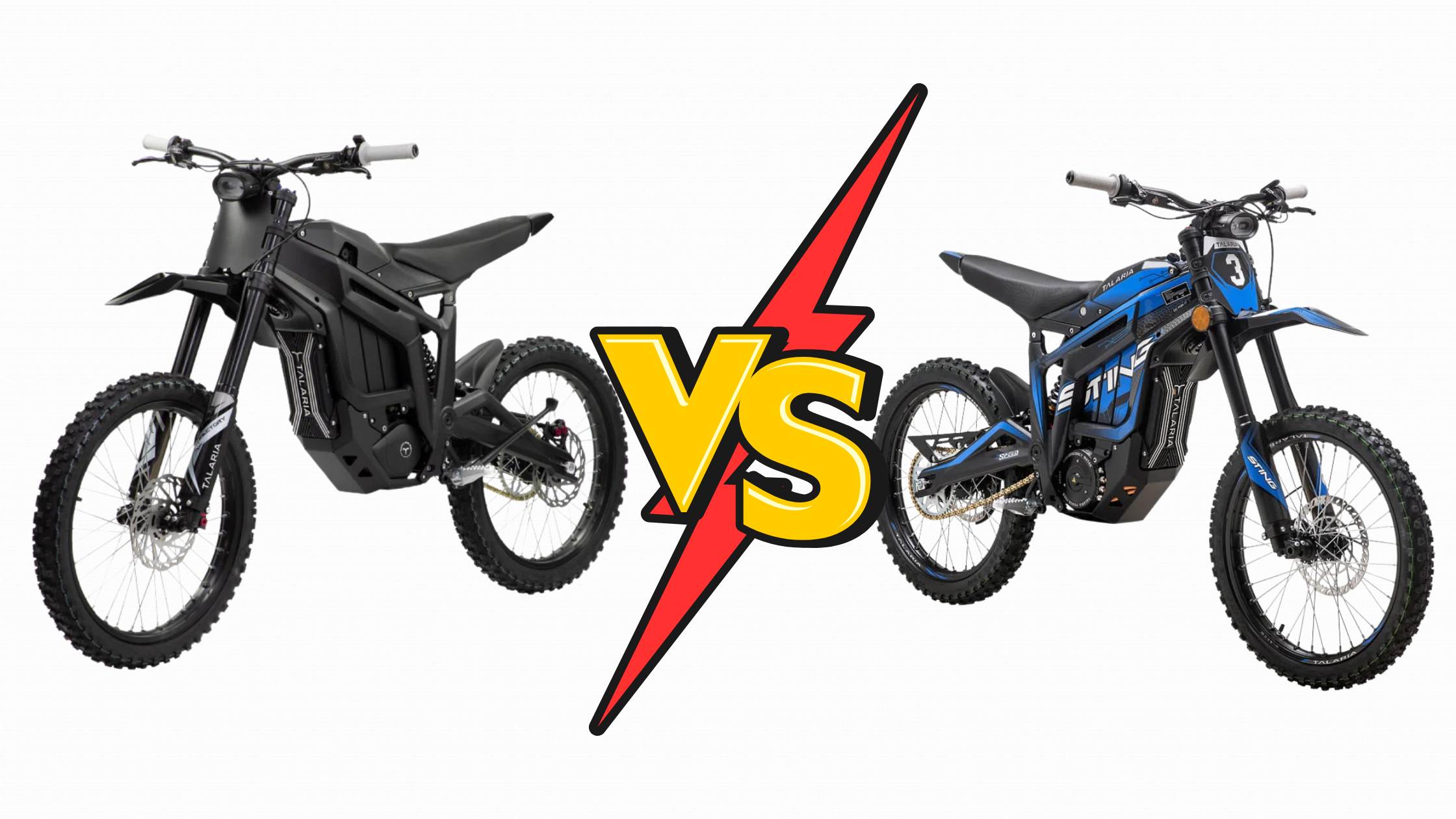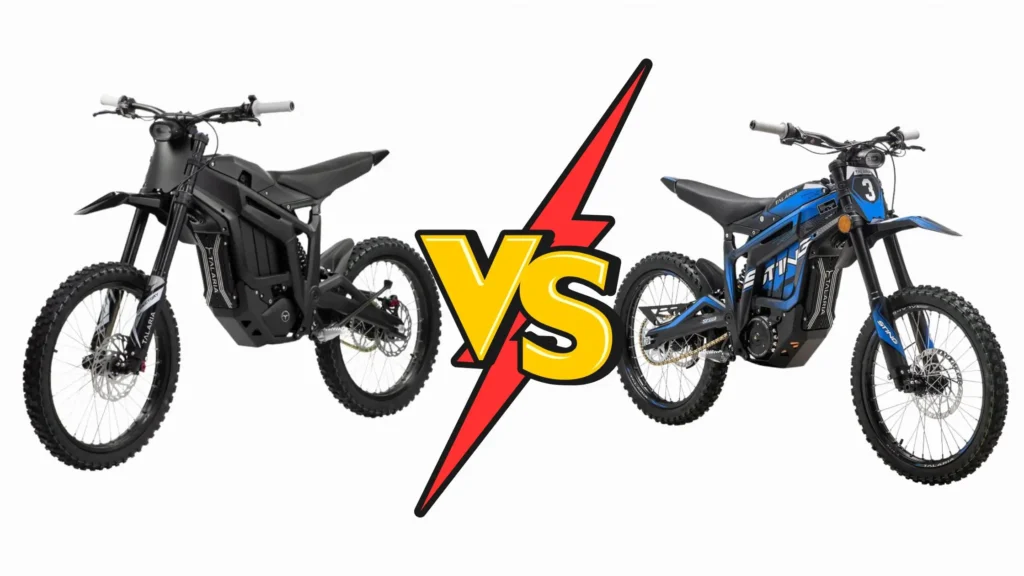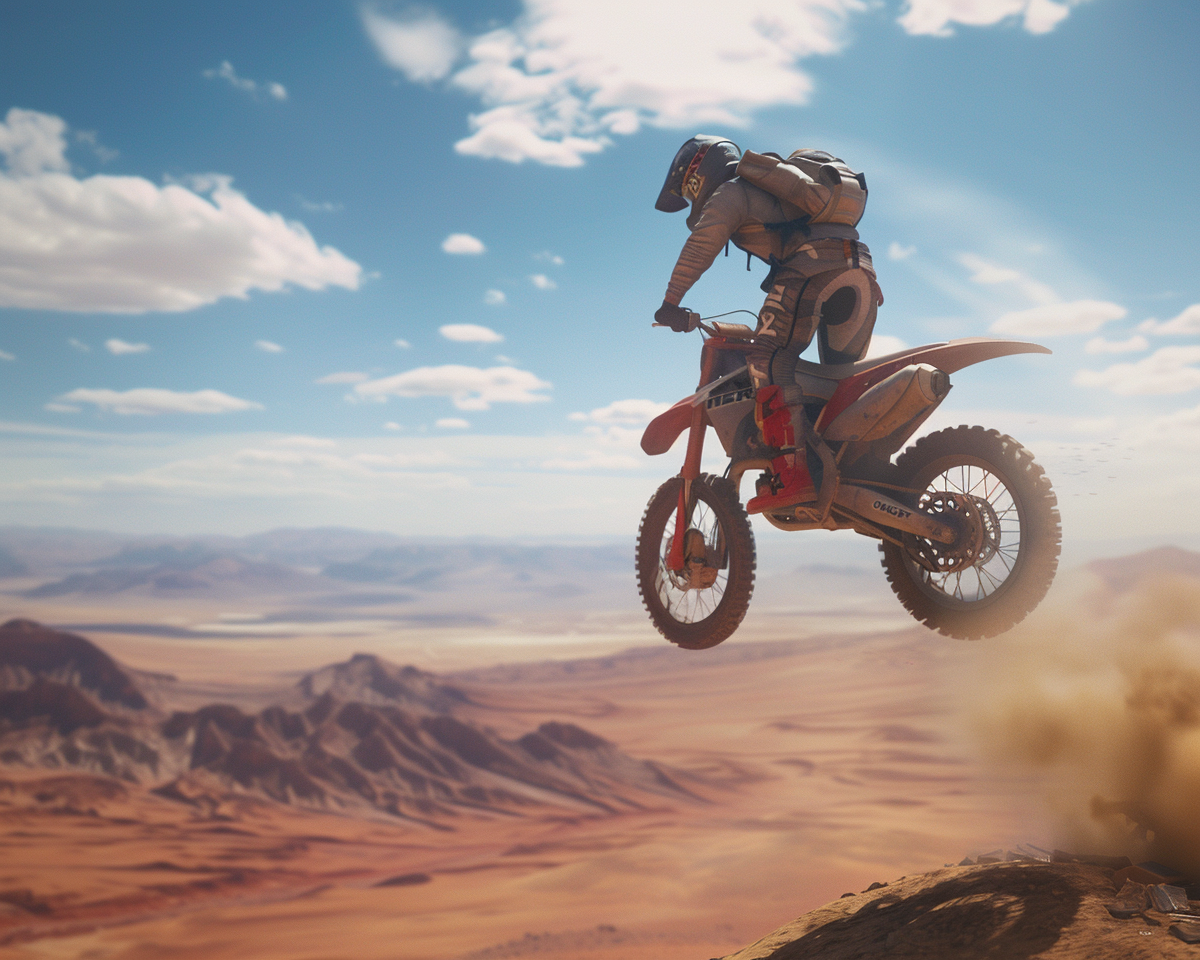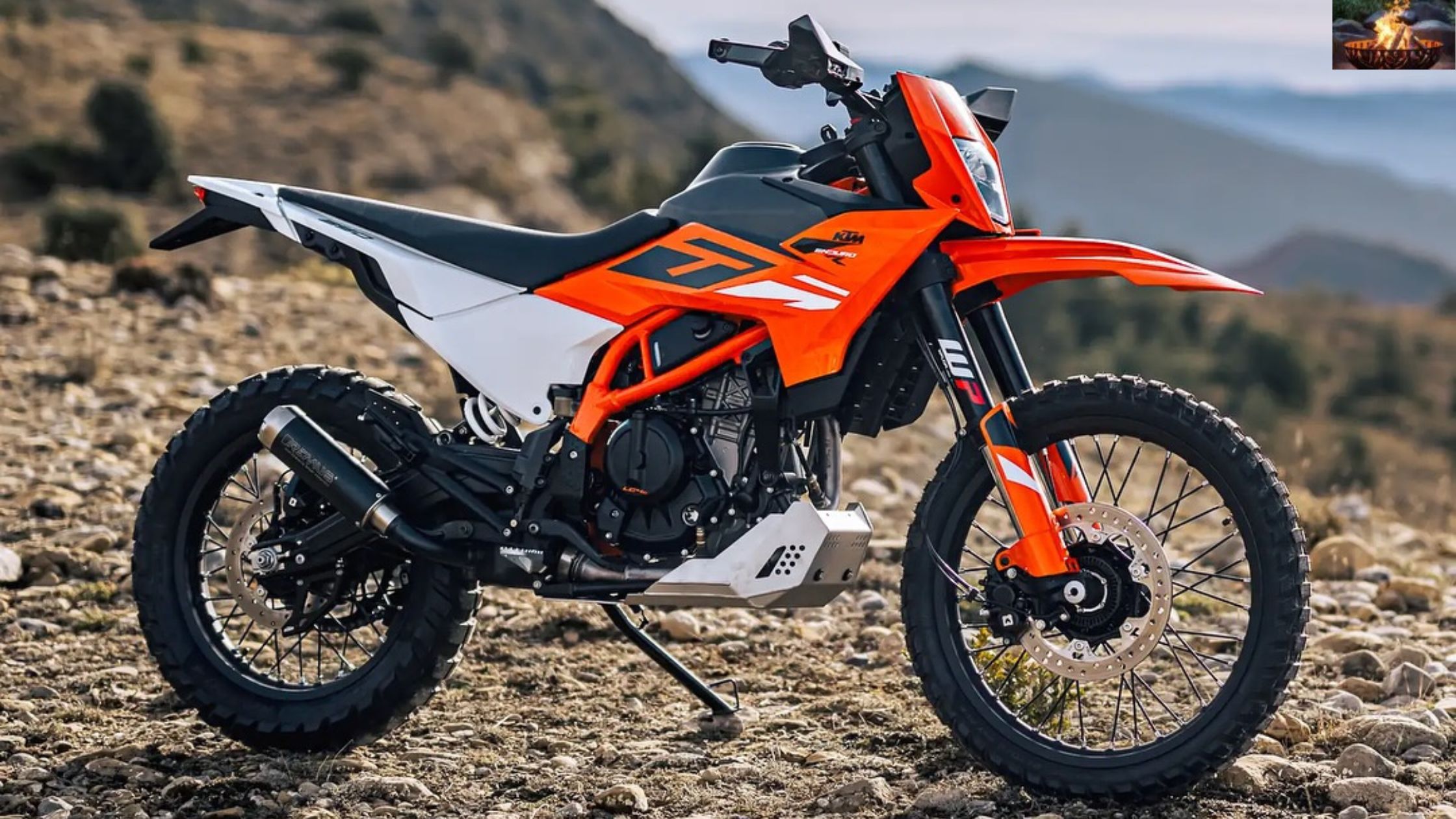
Are you torn between two high-performance electric dirt bike models? Choosing the right one can make all the difference in your riding experience. This article dives deep into the showdown between two popular models, focusing on their battery configurations, motor technologies, and overall performance.
Both models have their unique strengths, but which one truly stands out? We’ll explore key metrics like weight, top speed, and power output to help you make an informed decision. Expert reviews and customer feedback will also guide our analysis.
Whether you’re a seasoned rider or new to the world of e-moto, this article is your essential guide. By the end, you’ll have a clear understanding of which model offers the best value and performance for your needs.
Key Takeaways
- Compare battery capacity and motor type for optimal performance.
- Understand the importance of weight, top speed, and power output.
- Learn from expert reviews and customer feedback.
- Discover key metrics that influence the riding experience.
- Find out which model offers the best value for your needs.
Introduction and Model Overview
Navigating the world of electric dirt bikes can feel overwhelming with so many options available. The Talaria lineup has emerged as a standout choice for riders seeking performance, reliability, and innovation. This section dives into the evolution of these models, their key features, and what makes them a top pick for enthusiasts.
Understanding the Talaria Lineup
The Talaria range has grown significantly over the years, starting with the original MX3 and evolving into the upgraded MX4 variants. Each model builds on the strengths of its predecessor, offering improved battery configurations and advanced motor technologies. For example, the MX4 features a more efficient IPM motor, enhancing both speed and acceleration.
One common feature across the lineup is the mid-mounted motor, which provides better weight distribution and handling. Additionally, models like the MX3 and MX4 share components such as LED lighting and regenerative braking systems, making them versatile for both on-road and off-road use.
Key Features at a Glance
Here’s a quick look at what sets the Talaria lineup apart:
- Battery Capacity: Models like the MX4 offer higher watt-hours, ensuring longer rides without frequent recharging.
- Motor Type: The IPM motor delivers consistent power and improved efficiency, even under heavy loads.
- Modding Potential: Riders can easily upgrade components, making these bikes a favorite for customization enthusiasts.
Whether you’re a commuter or a dirt bike enthusiast, the Talaria lineup offers something for every rider. Its affordability and advanced features make it a strong competitor in the electric dirt bike market.
talaria sting mx3 vs mx4: Detailed Specifications and Comparison
When it comes to electric dirt bikes, the details matter. Understanding the technical specifications can help you choose the best model for your needs. This section dives into the key features of these bikes and compares them with close competitors.
In-Depth Specifications List
Let’s break down the critical specs that define these bikes. The battery capacity is a major factor, with one model offering 60V/38.4Ah and the other 60V/45Ah. This difference impacts both range and performance.
The motor type also plays a significant role. One uses a PMSM motor, while the other features an IPM motor. The IPM design delivers higher efficiency and better acceleration, making it a standout choice for riders.
Other important specs include weight, seat height, and braking systems. For example, one model weighs 143 lbs and has a seat height of 840mm, while the other is slightly heavier but offers improved braking with 220mm rotors.
| Specification | Model A | Model B |
|---|---|---|
| Battery Capacity | 60V/38.4Ah | 60V/45Ah |
| Motor Type | PMSM | IPM |
| Weight | 143 lbs | 145.5 lbs |
| Brake Rotor Size | 203mm | 220mm |
| Top Speed | 75 km/h | 85 km/h |
Comparing Features with Close Competitors
How do these bikes stack up against competitors like Surron? The frame design and braking system are key areas of comparison. For instance, one model offers a more robust frame and 20% more stopping power, making it a safer choice for aggressive riders.
Another advantage is the modding potential. With easy-to-upgrade components, these bikes are a favorite among customization enthusiasts. Whether you’re looking for better acceleration or a higher top speed, the right mods can transform your ride.
Ultimately, the choice depends on your riding style and priorities. A close look at these specifications ensures you pick the best option for your needs.
Expert Reviews and Rider Recommendations
Riders often seek expert insights to make informed decisions about their next bike. Aggregated reviews and customer feedback reveal key strengths and limitations of popular models. Whether you’re a beginner or an advanced rider, understanding these perspectives can guide your choice.
Expert and Customer Reviews
Experts praise the braking system and top speed of newer models. For instance, the MX4’s 220mm rotors provide 20% more stopping power compared to its predecessor. Riders also highlight the IPM motor, which delivers smoother acceleration and better efficiency.
Customer testimonials emphasize durability and ease of modding. Many users report upgrading components like forks and brakes to enhance performance. One rider noted, “The frame design is robust, making it ideal for aggressive off-road use.”
Who Should Buy or Avoid
Beginners may find the MX3 a great starting point due to its affordability and manageable power. Advanced riders, however, often prefer the MX4 for its higher peak power and extended range. If you’re into custom upgrades, the MX4’s modding potential makes it a standout choice.
Those prioritizing speed and advanced features might consider competitors like Surron. However, the Talaria lineup offers better value for riders seeking a balance of performance and price.
| Feature | MX3 | MX4 |
|---|---|---|
| Brake Rotor Size | 203mm | 220mm |
| Peak Power | 6 kW | 8 kW |
| Range | 50 miles | 62 miles |
| Top Speed | 36 MPH | 53 MPH |
Ultimately, your choice depends on your riding style and modding intentions. Beginners should opt for the MX3, while advanced riders will appreciate the MX4’s enhanced features. Always consider your specific needs to find the best option for your adventures.
Performance Analysis, Pros & Cons, and Final Verdict
Performance and customization are key factors when selecting an e-moto. Understanding the strengths and weaknesses of each model ensures you make the right choice. This section dives into the pros and cons of the MX3 and MX4, focusing on their power, acceleration, and braking systems.
Evaluating Pros & Cons
The MX4 stands out with its upgraded IPM motor, delivering 25% more peak power than the MX3. This translates to smoother acceleration and a higher top speed. Riders also benefit from the 220mm rotors, which provide 20% more stopping power compared to the MX3’s 203mm system.
However, the MX4 comes at a higher price. Additional costs for mods and upgrades can add up, making it less budget-friendly. The MX3, on the other hand, offers a more affordable entry point but lacks the advanced components of its successor.
Final Verdict on Performance and Modding Potential
For beginners, the MX3 is a solid option due to its affordability and manageable power. Intermediate riders may prefer the MX4 for its enhanced frame and modding potential. Performance enthusiasts will appreciate the MX4’s system efficiency and upgraded brake components.
Ultimately, the choice depends on your needs and budget. Both models offer excellent value, but the MX4’s advanced features make it the better option for serious riders.
Conclusion
Choosing the right electric dirt bike can transform your riding experience. The model you select depends on your needs, whether it’s the affordability of one option or the advanced power of another. Key differences in battery capacity and motor type significantly impact performance and range.
For beginners, one model offers a manageable entry point, while experienced riders may prefer the enhanced system and modding potential of the other. Expert reviews highlight the importance of durability and top speed, making it easier to decide based on your riding style.
Ultimately, the best option balances your budget and performance goals. Test rides can help you experience the difference firsthand. Whether you stick to the stock configuration or plan extensive upgrades, both models deliver impressive results for every rider.
Also Read
Talaria Sting MX3 Review
Talaria Sting MX5 Review
TALARIA X3 CONCEPT Review
Talaria Sting MX Review


